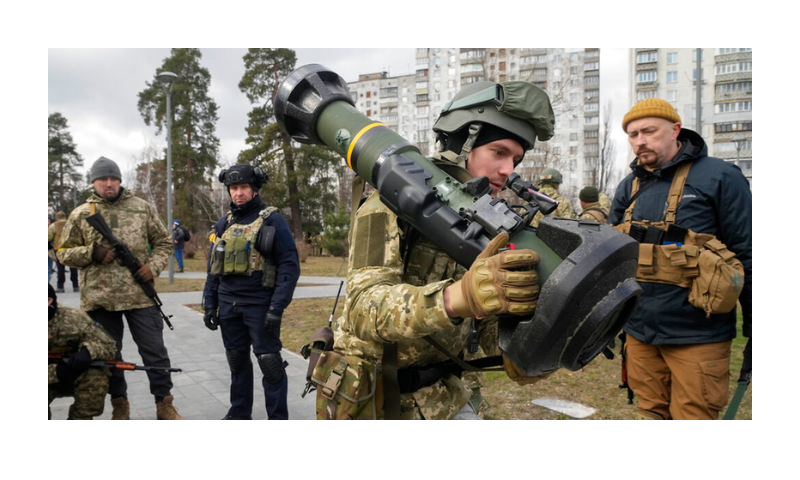Neta Bar
Israel Hayom, Dec. 30, 2024
“… a conflict between China and Taiwan, even without any foreign intervention, could be one of the largest and bloodiest the world has seen since World War II.”
The year 2024 was marked by a dramatic escalation of conflicts across the globe. In our immediate vicinity here in the Middle East, Lebanon and Syria joined the expanding circle of confrontation between Israel and Iran. The world was stunned when Hezbollah signed a humiliating ceasefire with Israel – and a few weeks later, the Assad regime, which had ruled Syria with an iron fist for half a century, shattered into pieces under a rebel offensive.
In Eastern Europe, Russia and Ukraine continued their dance of destruction and death brought by the Russian invasion in 2022, and for the first time, Ukrainian army forces entered Russia’s sovereign territory in the Kursk region and managed to hold it. In Southeast Asia and Africa, local conflicts ignited into full-scale wars – and behind all this unrest lies the fear of a Chinese invasion of Taiwan, one that would put the Chinese giant face-to-face with the American superpower.
These various military confrontations are all local and based on separate histories and politics – but there are many common threads between the different fronts, and as time passes, these characteristics become increasingly clear. It begins with similar combat characteristics: the use of UAVs, drones, and ballistic missiles, simultaneous documentation uploaded to social media, and intensifies with media reports about Ukrainian intelligence assistance to rebels in Syria, or Russian forces’ activity supporting the RSF organization in Sudan. Who could have imagined five years ago that North Korean soldiers would be fighting on Russian soil against Ukrainian forces charging on American tanks?
During the past year, regional conflicts became increasingly global, and fears grew of a total conflagration that would pit Western nations against a Russia-China-Iran axis in a war unlike anything the world has seen in many decades. To understand the developing crisis, with the end of 2024 and Donald Trump’s entry to the White House approaching – let’s examine some of the central arenas, and some less prominent ones, in the global crisis. …SOURCE


